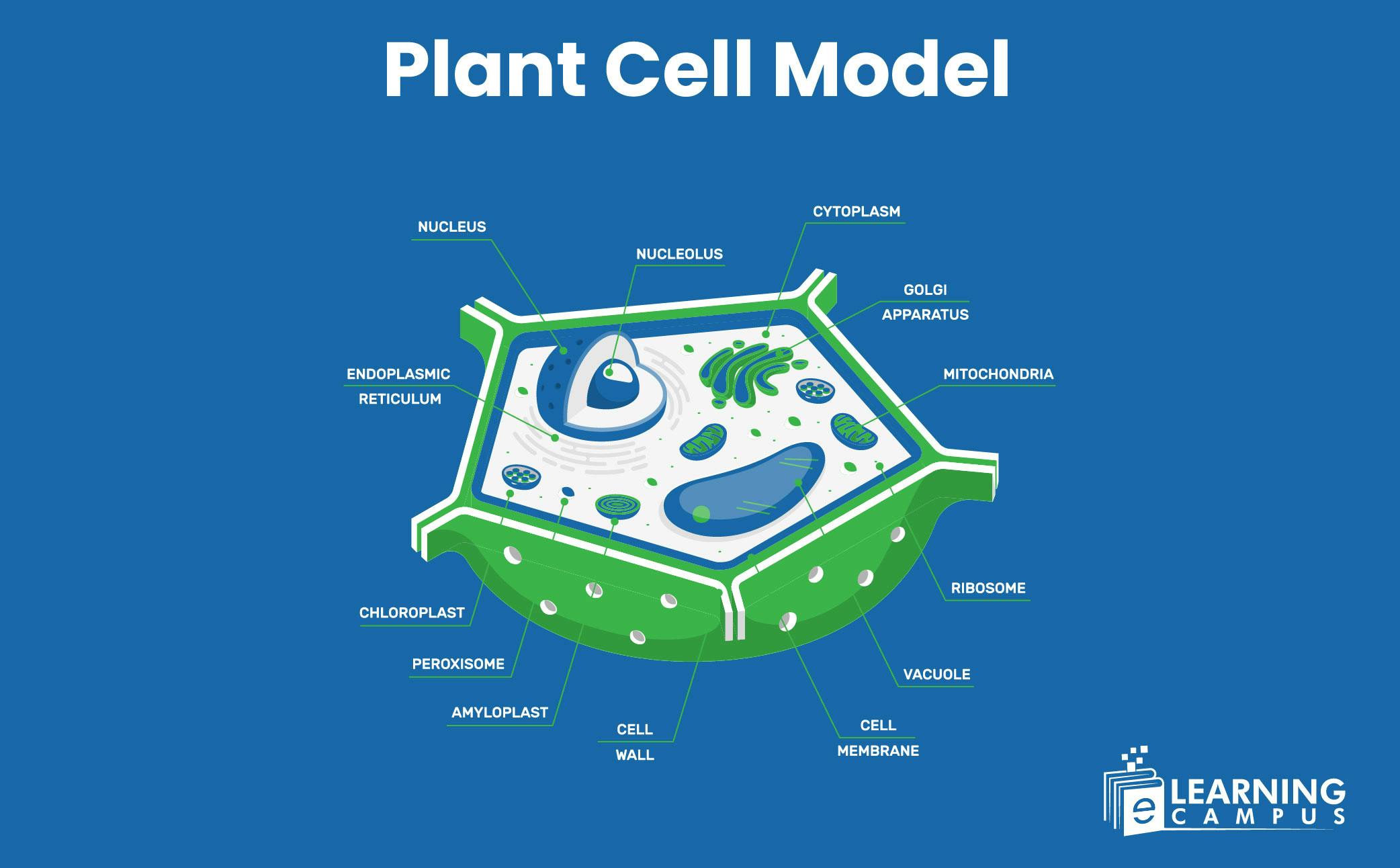Plant Cell Model









Are you looking to hire a science tutor to teach your kids? We can help you. We have expert science tutors to make your kids a future scientist.

We have been studying plant cells since our primary school years and are familiar with the picture of a plant cell. Learning about the different organelles through a three-dimensional plant cell model provides crystal-clear insight into the structure and function of the cell.
In this blog, you will learn about the plant cell, the cell model of a plant, its organelles, and the function of different parts.
A cell is a primary unit of plants. It is a eukaryotic cell, which means it has a defined nucleus with a visible membrane. The plant cell contains different organelles that have specific functions and play an important role in the maintenance and functioning of the cell. The plant cell contains a cell wall, cell membrane, mitochondria, nucleus, chloroplasts, and a vacuole.
A 3d Plant Cell Model is a visual representation of the structure and organelles of a plant cell. This model helps students understand the cell structure unequivocally. The plant cell labelled diagram is shown below.
The different parts of a plant cell have a specific function and they collectively play an important role in the structure and maintenance of the entire cell.
The cell wall is the outer membrane and is structured with a specialized matrix. The plant cell walls consist mainly of cellulose, hemicellulose, and pectin. It is composed of two layers, i.e, primary cell wall and middle lamina. The basic construction material of the primary cell wall is cellulose.
Between the cell wall and the cytoplasm, there is a cell membrane also known as the plasma membrane. It is composed of a lipid bilayer that is semipermeable. The main components of the lipid bilayer are phospholipids with cholesterol. Below is given the plant cell diagram labeled.
The nucleus of a plant cell is a membrane-bound organelle that is present in the cytoplasm. The main parts of the nucleus are the nuclear envelope, nucleoplasm, nucleolus, and chromatin. The labeled nucleolus of plant cell is shown below.
The chloroplast is an organelle in plant cells that carries out photosynthesis and converts the light energy of the sun into chemical energy. It is a double membrane organelle that contains a fluid called the stroma. The stroma is composed of thylakoids that are stacked up to form grana. A labelled plant cell chloroplast is shown here.
Vacuoles are membrane-bound organelles found in the cytoplasm of the cell. These are vesicles filled with fluid. Vacuoles are also found in animal cell, but plant cell vacuoles are larger than animal cell vacuoles. The membrane around the vacuole is known as the Tonoplast. The inner part of the vacuole is filled with fluid called cell sap. The vacuole in a plant cell labelled diagram is shown below.
Mitochondria are known as the powerhouse of the cell. The mitochondria in plant cells are a double-layered, spherical oval organelle. The inner membrane of mitochondria has many folds known as cristae. Within the cristae, a fluid is found called the matrix. The labeled diagram of the mitochondria in plant cell is elaborated here.